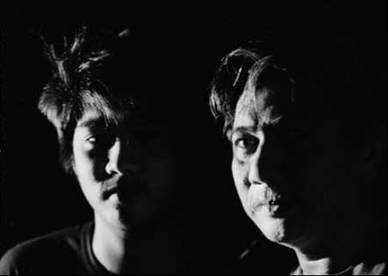|
BY JONATHAN T. OLAZO  Excerpts from the book Romulo Olazo What is a diaphanous painting? It is a question asked frequently in exhibitions, interviews, or private conversations with my father. I used to think that the question should not be asked at all in the context of my father’s work, but on second thought, it might be a point worth exploring. Does my father feel the same excitement and recall a childhood past when he is at work —finishing a layer of paint on top of another layer in creating his diaphanous forms? The value of hard work has always been part of my father’s nature.
My father always strives to excel, according to his own measure, and this is rather difficult to verbalize. If he has averted answering questions about the meaning of his work, it is probably a signal to look deeper into the physical workings of his paintings. An axiom that has been embedded in my own practice is the notion that a mediocre painter would always become better by persevering in his work compared with a naturally talented but idle painter. A more important axiom is that an artist is good if he is a good man rather than a gifted but arrogant man. At its full momentum, the diaphanous form evolves by itself with its start undetermined and its future without conclusion. Its permutations are endless. For me, the heart of the diaphanous is the heart of my father. My father is a good man who works hard and whose work ethics have brought him thus far. And within him is the most beautiful creative soul I have ever known. Read the full article from the coffee book Romulo Olazo, re-printed by Art+ Magazine.
0 Comments
Leave a Reply. |
Archives |
 RSS Feed
RSS Feed